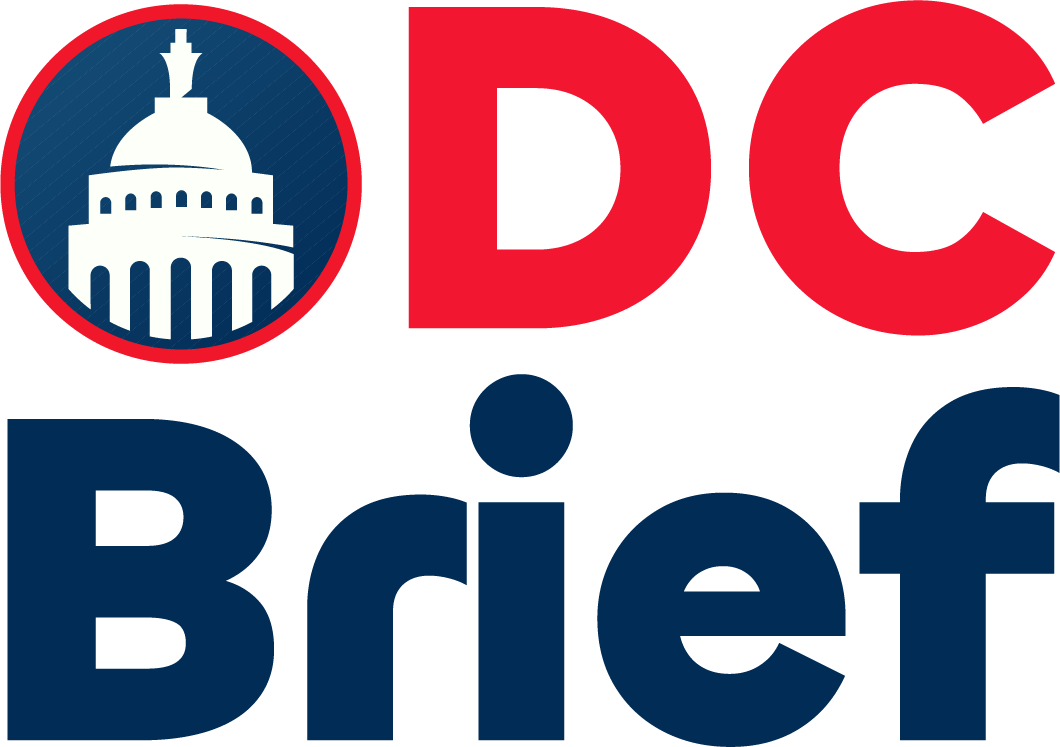In the U.S., real estate investors now account for the largest share of homebuyers in five years. Both individual and institutional investors purchased roughly one-third of all single-family homes sold in the second quarter of 2025. This marks a rise from 27% in the first quarter and highlights the growing influence of investors in the housing market.
Although investors bought a larger share of homes, the total number of homes purchased by investors fell by 16,000 compared to last year. Overall home sales weakened this year, which explains the rising investor share. Investors still own about 20% of the nation’s 86 million single-family homes, providing crucial market stability and liquidity.
According to Ivo Draginov, co-founder and chief innovation officer at BatchData, investors sold over 104,000 homes in the second quarter, and 45% of those sales went to traditional homebuyers. This shows that investors contribute inventory for both rentals and owner-occupants, helping maintain market balance despite slow overall sales.
Most investor activity comes from small-scale investors who own 10 or fewer properties. They account for more than 90% of the market, while the largest investors with 1,000 or more homes represent just 2% of all investor-owned properties. Institutional investors now sell more homes than they buy, and they have done so for six consecutive quarters. Large landlords, such as Invitation Homes, Progress Residential, American Homes 4 Rent, and FirstKey Homes, are focusing capital on build-to-rent communities.
Rick Sharga, founder and CEO of CJ Patrick Co., explained that this shift benefits smaller investors and traditional buyers. It also adds rental supply for younger adults who often rent because they cannot afford to buy.
Regionally, Texas, California, and Florida have the highest number of investor-owned homes, reflecting their large populations. In contrast, Hawaii, Alaska, Montana, and Maine have the highest percentage of investor-owned homes, largely due to tourism-driven housing demand.
Investors typically target lower-priced homes to maximize future profits. In the second quarter, the average investor paid $455,481 per home, below the national average of $512,800. This represents the highest investor purchase price in six quarters. Large institutional investors acquired even cheaper homes, paying $279,889 on average and selling at $334,787. They concentrate most purchases in the Midwest and South, where housing costs remain below the national average.
Overall, U.S. real estate investors play a growing role in the housing market. They provide both liquidity and inventory while influencing trends in home prices and rental supply. Their presence continues to shape regional and national housing dynamics.
For more business updates, visit DC Brief.


